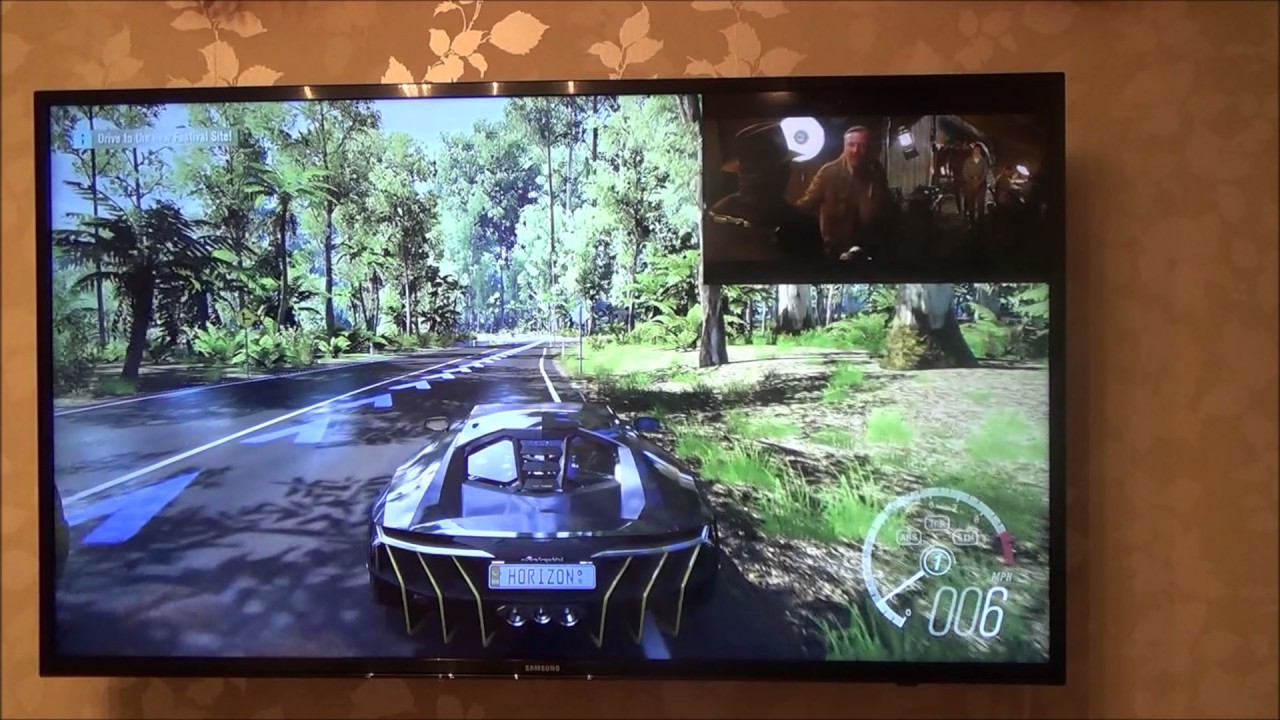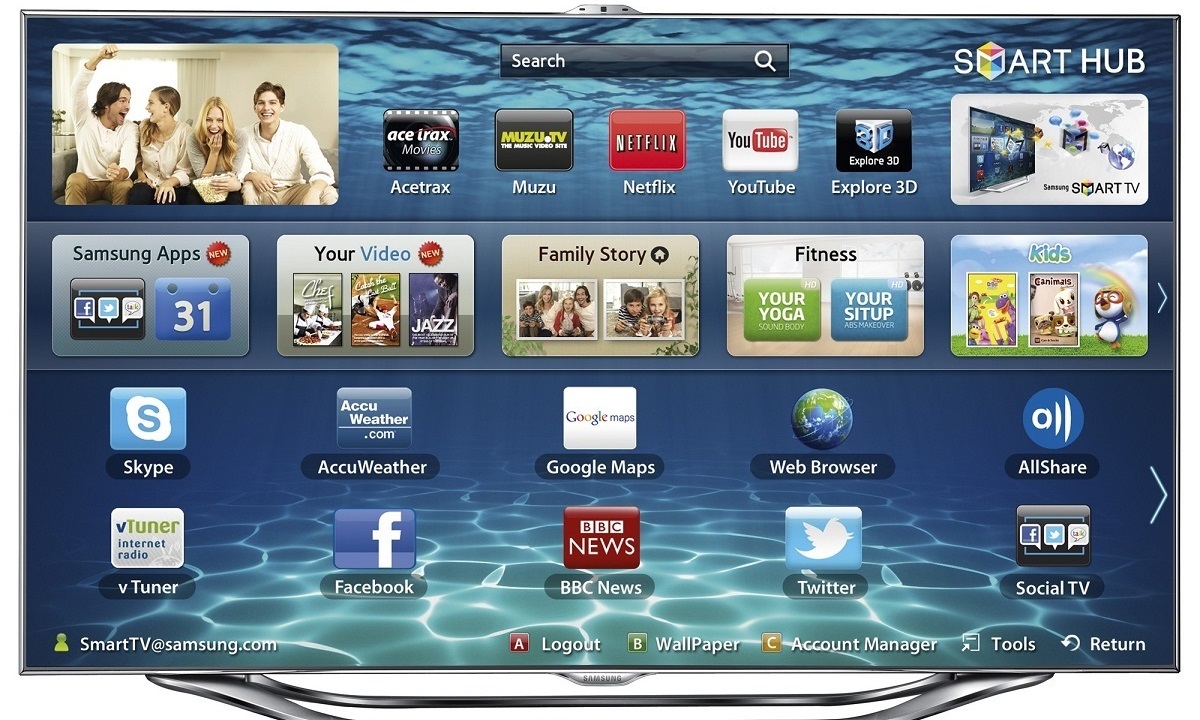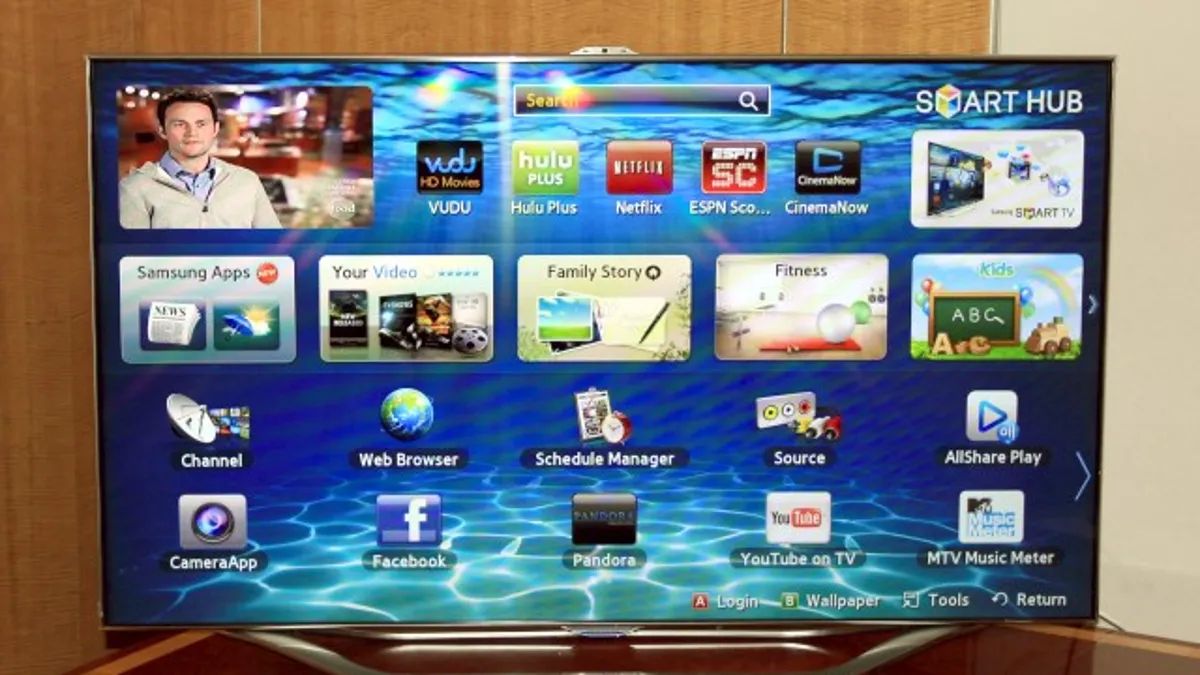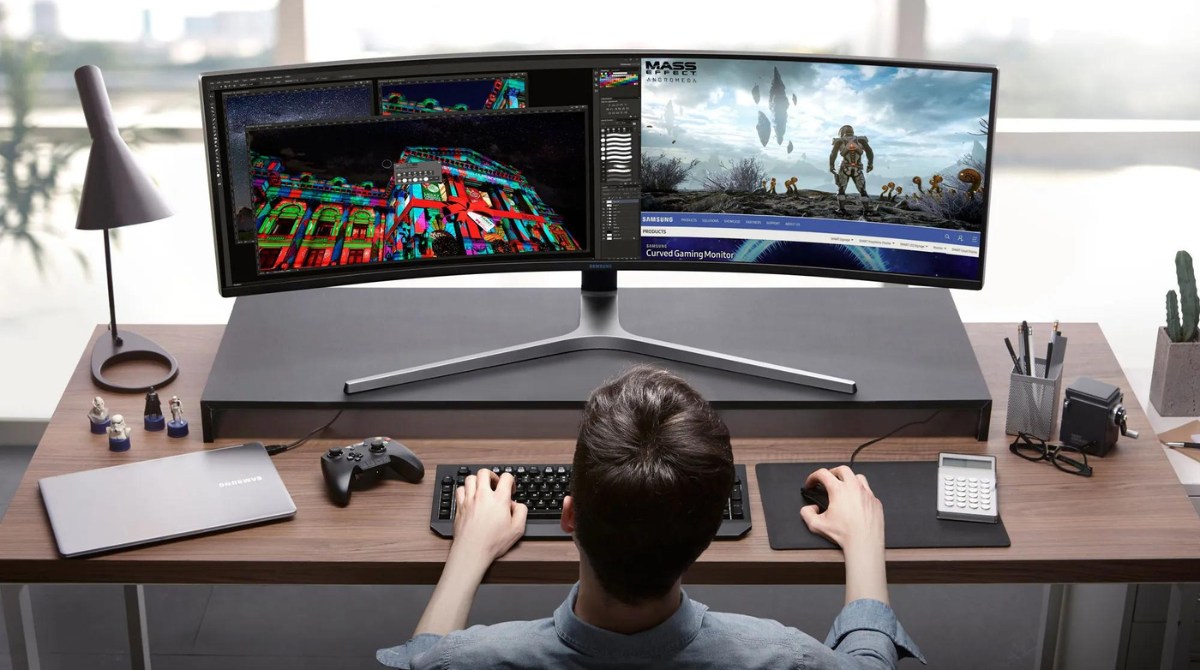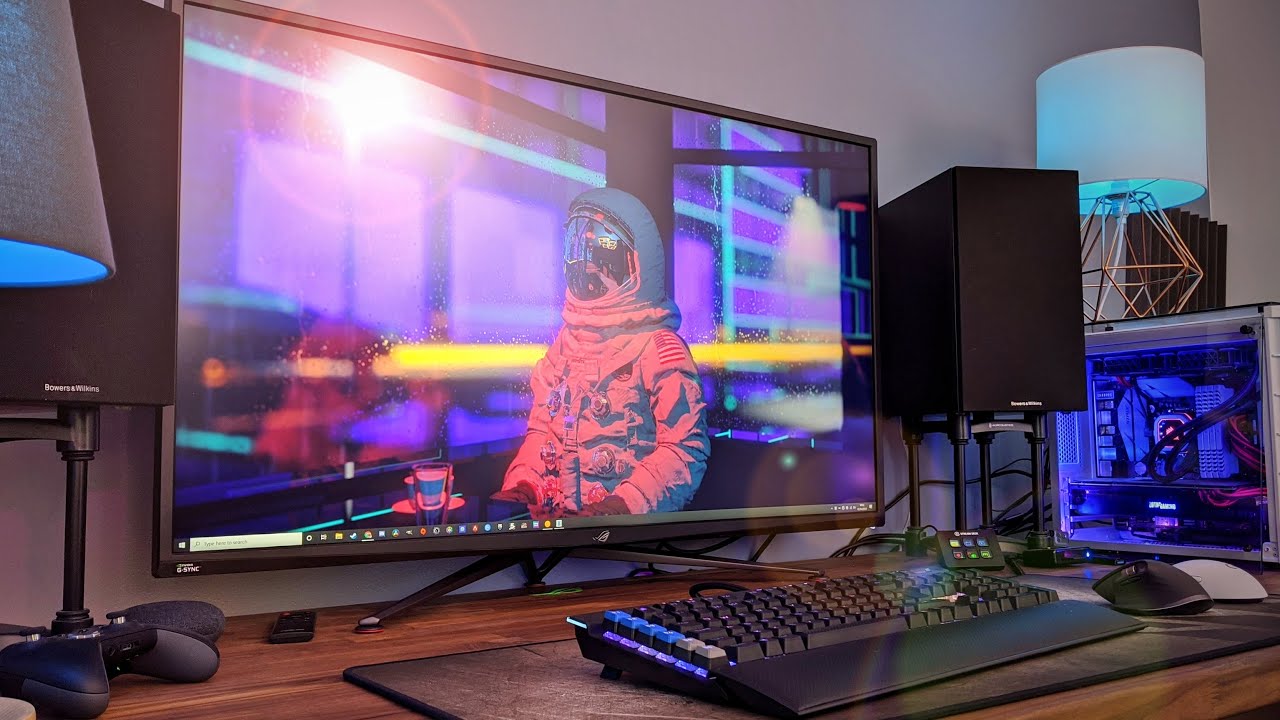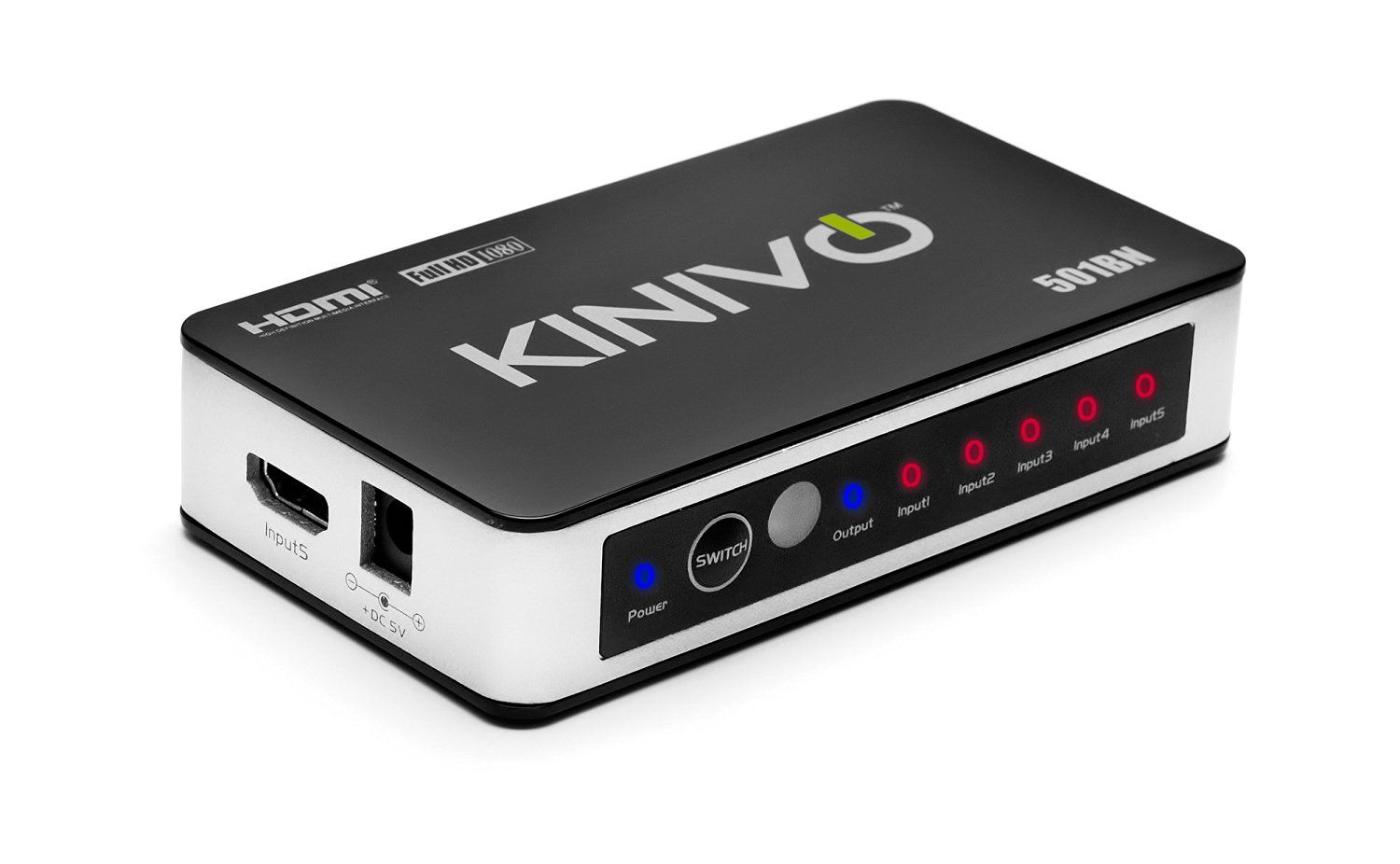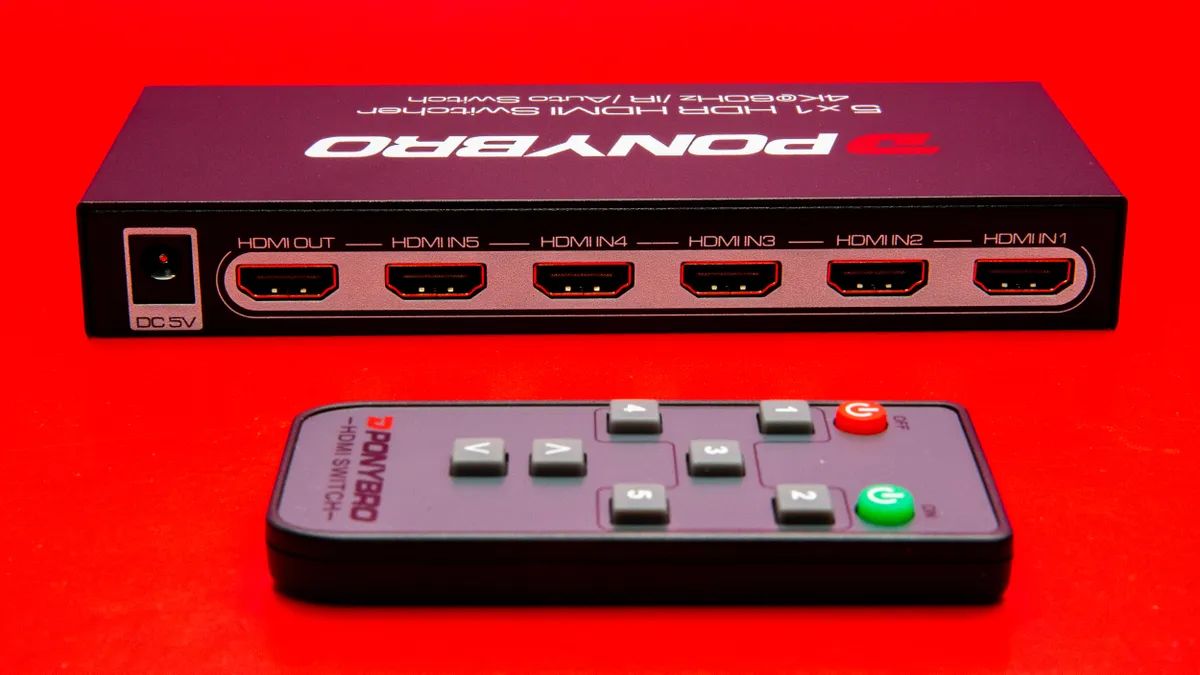Introduction
Picture-in-Picture (PiP) is a feature that allows you to watch multiple programs simultaneously on your Samsung Smart TV. It provides users with the convenience of having a smaller window displaying a secondary video source while still being able to enjoy their main program on the full screen. With PiP, you can keep an eye on the news, a sports game, or any other content while continuing to watch your favorite show or movie.
Enabling PiP on a Samsung Smart TV can enhance your viewing experience by providing a more versatile and multitasking-friendly environment. Whether you want to catch up on the latest headlines during a commercial break or monitor a sports game while watching a movie, PiP gives you the flexibility to do so without having to switch between different sources or inputs.
It’s important to note that the availability and functionality of PiP may vary depending on the model and firmware version of your Samsung Smart TV. Some older models may not support PiP, while others may have limited PiP capabilities. Therefore, before attempting to enable PiP, it’s essential to check if your specific TV model supports this feature.
In this article, we will guide you through the steps to enable PiP on your Samsung Smart TV. We’ll also provide troubleshooting tips in case you encounter any issues along the way. So, let’s get started and discover how to unlock the multitasking power of PiP on your Samsung Smart TV.
What is Picture-in-Picture (PiP)?
Picture-in-Picture (PiP) is a television feature that allows you to watch multiple video sources simultaneously on your Samsung Smart TV. It’s a convenient way to multitask and stay updated on different programs without interrupting your main viewing experience. With PiP, you can have a secondary video source displayed in a smaller window, overlaying the primary content.
The PiP feature is particularly useful when you want to keep an eye on something while focusing on your main program. For example, you can watch a sports game while simultaneously monitoring a news channel, or you can view a video from an HDMI input while still enjoying your favorite TV show.
Generally, PiP supports various video sources, including live TV channels, HDMI inputs, and even streaming apps. This allows you to have a wider range of content options to choose from while using the PiP feature.
With PiP on your Samsung Smart TV, you can customize the size and position of the secondary video window according to your preferences. This means you can adjust the window to be small and unobtrusive or enlarge it to ensure better visibility.
It’s important to note that not all Samsung Smart TVs offer the same PiP functionality. The availability of the PiP feature depends on the specific model and firmware version of your TV. Some older models may not support PiP at all, while others may have limitations in terms of input sources or window size options.
In the following sections, we will guide you through the process of enabling and using PiP on your Samsung Smart TV, so you can make the most out of this multitasking feature.
Understanding PiP on Samsung Smart TVs
Picture-in-Picture (PiP) functionality on Samsung Smart TVs provides users with the ability to display multiple video sources simultaneously. Understanding how PiP works on your Samsung Smart TV will help you make the most out of this feature and take full advantage of its capabilities.
When you enable PiP on your Samsung Smart TV, you will be able to view the main program in full-screen mode while a secondary video source is displayed in a smaller window, typically located in one corner of the screen. This allows you to keep an eye on the secondary content without interrupting your primary viewing experience.
The size and position of the PiP window can usually be adjusted, giving you the flexibility to customize its placement according to your preferences. Some Samsung Smart TVs also offer different layout options for PiP, allowing you to choose between side-by-side, stacked, or other configurations.
It’s important to note that the available input sources for PiP may vary depending on the model of your Samsung Smart TV. Most TVs support PiP for live TV channels and HDMI inputs. Some newer models may even allow you to use PiP with streaming apps, giving you the flexibility to keep up with your favorite shows, movies, or sports events while exploring other content.
While the primary purpose of PiP is to multitask, it’s worth mentioning that the audio accompanying the main program will usually take precedence over the audio from the secondary video source. This means that you will primarily hear the sound from the main program while the audio from the PiP window will be muted or significantly reduced.
Lastly, it’s important to keep in mind that PiP availability and functionality can vary among different Samsung Smart TV models. Some older models may not support PiP at all, while others may have certain limitations in terms of input sources or PiP window size.
Now that you have a better understanding of PiP on Samsung Smart TVs, let’s proceed to the next section to learn how to enable PiP on your specific TV model and make the most out of this multitasking feature.
Steps to Enable PiP on Samsung Smart TV
Enabling Picture-in-Picture (PiP) on your Samsung Smart TV allows you to enjoy the convenience of watching multiple programs simultaneously. Follow these steps to enable PiP on your Samsung Smart TV:
- Step 1: Check Compatibility
- Step 2: Enable PiP from Settings
- Step 3: Adjust PiP Settings
- Step 4: Control PiP Functions
Before attempting to enable PiP, ensure that your specific Samsung Smart TV model supports this feature. Refer to the user manual or online documentation for your TV model to verify PiP compatibility.
Using your Samsung TV remote, navigate to the settings menu. Look for the “Picture” or “Display” section and access it. Within the settings, locate the PiP option and turn it on. The exact location and naming of the PiP setting may vary depending on your TV model and firmware version.
Once PiP is enabled, you can adjust its settings to suit your preferences. For example, you can adjust the size and position of the PiP window on the screen. Navigate to the PiP settings menu and explore the available options to customize the PiP experience according to your liking.
To utilize PiP, you need to have a secondary video source. This can be a live TV channel, an HDMI input, or a supported streaming app. Choose the desired secondary source and start playing it. The secondary video will appear in the PiP window while your main program continues playing in the background.
You can control PiP functions using your Samsung TV remote. Typically, there are dedicated PiP buttons on the remote to control the size, position, and aspect ratio of the PiP window. Experiment with these functions to find the configuration that works best for you.
It’s worth noting that the specific steps and options for enabling PiP may vary depending on your Samsung Smart TV model and firmware version. If you’re unsure about any of the settings or functions, refer to the user manual or consult the manufacturer’s website for more detailed instructions.
Now that you’ve enabled PiP on your Samsung Smart TV and adjusted the settings, you’re ready to enjoy the benefits of multitasking and enhanced viewing experiences. Next, we’ll provide troubleshooting tips in case you encounter any issues while using PiP on your TV.
Step 1: Check Compatibility
Before you proceed to enable Picture-in-Picture (PiP) on your Samsung Smart TV, it’s important to ensure that your specific TV model supports this feature. Due to variations in TV models and firmware versions, not all Samsung Smart TVs have PiP capabilities. To check if your TV is compatible, follow these steps:
- Consult the User Manual – Refer to the user manual that came with your Samsung Smart TV. Look for information about PiP compatibility. The manual will provide specific details about the features and functions available on your TV model.
- Online Documentation – If you don’t have the user manual or prefer a digital resource, check the official website of Samsung or the support section for your TV model. Look for documentation or specifications that outline the capabilities of your specific TV model, including whether it supports PiP.
- Contact Samsung Support – If you’re still unsure about PiP compatibility after consulting the user manual and online resources, you can reach out to Samsung support. Contact their customer service or technical support team and provide them with the model number of your TV. They will be able to verify if your TV supports PiP.
Remember, not all Samsung Smart TVs are equipped with PiP functionality. If your TV model doesn’t support PiP, you may want to consider alternative methods for multitasking, such as connecting external devices or utilizing the built-in multitasking features of your streaming apps.
Checking compatibility is an essential first step to avoid frustration and ensure that you can make the most out of PiP on your Samsung Smart TV. Once you’ve confirmed that your TV supports PiP, you can proceed to the next steps to enable and customize this multitasking feature.
Step 2: Enable PiP from Settings
After confirming that your Samsung Smart TV is compatible with Picture-in-Picture (PiP), the next step is to enable this feature from the TV settings menu. Follow these instructions to enable PiP on your Samsung Smart TV:
- Using your Samsung TV remote, press the “Menu” button. This will open the TV’s main settings menu.
- Navigate to the “Picture” or “Display” section in the settings menu. The exact location may vary based on your TV model and firmware version.
- Look for the PiP option within the picture/display settings. It may be listed as “Picture-in-Picture,” “PIP,” or something similar.
- Select the PiP option and toggle it to “On” or “Enable.” This activates the PiP functionality on your TV.
Once you have successfully enabled PiP, you will be able to watch multiple video sources simultaneously on your Samsung Smart TV screen.
It’s important to note that the specific steps and menu options can vary depending on your TV model and firmware version. If you’re unable to find the PiP setting in the picture/display settings, refer to the user manual or the manufacturer’s website for more specific instructions.
Enabling PiP from the settings menu is the crucial step that allows you to unlock the multitasking capabilities of your Samsung Smart TV. Now that PiP is enabled, you can proceed to the next step to adjust the PiP settings according to your preferences.
Step 3: Adjust PiP Settings
Once you have enabled Picture-in-Picture (PiP) on your Samsung Smart TV, you can proceed to adjust the PiP settings to customize the viewing experience according to your preferences. Follow these steps to adjust the PiP settings:
- Using your Samsung TV remote, press the “Menu” button to access the TV’s main settings menu.
- Navigate to the “Picture” or “Display” section in the settings menu.
- Locate the PiP settings option. It may be labeled as “Picture-in-Picture,” “PIP,” or something similar.
- Access the PiP settings menu and explore the available options. Depending on your TV model, you may be able to adjust the following aspects:
- Window Position: Choose the position of the PiP window on the screen. You may have options such as top-left, top-right, bottom-left, or bottom-right.
- Window Size: Adjust the size of the PiP window. You can make it smaller or larger depending on your preference.
- Aspect Ratio: Set the aspect ratio for the PiP window. You can choose from options like 16:9, 4:3, or even custom ratios.
- Audio: Control the volume of the PiP window or mute the audio altogether.
- Experiment with the settings to find the configuration that suits your needs. You can adjust the position, size, aspect ratio, and audio to create the ideal PiP experience.
Keep in mind that the available settings and options may vary depending on your Samsung Smart TV model and firmware version. If you’re unsure about any of the settings or functions, refer to the user manual or consult the manufacturer’s website for more detailed instructions specific to your TV model.
By adjusting the PiP settings, you can optimize the PiP window to your liking and enhance your multitasking experience on your Samsung Smart TV. Once you have customized the PiP settings, you can proceed to the next step to control and utilize the PiP functions.
Step 4: Control PiP Functions
After enabling Picture-in-Picture (PiP) and adjusting the settings on your Samsung Smart TV, you can start exploring and controlling the PiP functions. This step will guide you on how to control and utilize the PiP features effectively:
- Start with a Secondary Video Source: In order to use PiP, you need to have a secondary video source. This can be a live TV channel, an HDMI input, or a supported streaming app. Select the desired secondary source and start playing the content.
- Activate PiP: Once you have a secondary video source playing, PiP should automatically activate, displaying the secondary video in a smaller window on the main screen.
- Control the PiP Window: Use the dedicated PiP buttons on your Samsung TV remote to control various PiP functions. These buttons typically allow you to adjust the size, position, and aspect ratio of the PiP window.
- Move the PiP Window: If you want to reposition the PiP window, use the directional buttons on your remote to move it to a different area of the screen. This allows you to choose a location that doesn’t obstruct your primary content.
- Resize the PiP Window: To resize the PiP window, use the dedicated resize button on your remote. You can make the window smaller or larger depending on your preference.
- Change the Aspect Ratio: If you want to adjust the aspect ratio of the PiP window, use the dedicated aspect ratio button on your remote. This allows you to match the aspect ratio of the secondary video source to the main content.
- Audio Control: In most cases, the audio from the main program will take priority over the audio from the PiP window. This means you will primarily hear the sound from the main program. However, you may be able to adjust the volume of the PiP window or mute it completely using the audio control buttons on your remote.
Experiment with these PiP functions to find the configuration and setup that works best for you. Remember to refer to your user manual or the manufacturer’s website for specific instructions related to your Samsung Smart TV model.
By effectively controlling the PiP functions on your Samsung Smart TV, you can multitask and enjoy a rich viewing experience with multiple video sources at once.
Troubleshooting PiP Issues on Samsung Smart TV
While using Picture-in-Picture (PiP) on your Samsung Smart TV, you may encounter certain issues or challenges. This section provides troubleshooting tips to help you address common PiP issues:
No PiP Option in Settings: If you can’t find the PiP option in the settings menu of your Samsung Smart TV, it’s possible that your specific TV model does not support PiP. Check the user manual or the manufacturer’s website to confirm the availability of PiP on your TV model.
Limited Input Sources: Depending on your TV model, PiP functionality may be limited to specific input sources, such as live TV channels and HDMI inputs. Make sure you are using a supported input source for PiP to work properly.
Unsupported Apps: Not all streaming apps support PiP on Samsung Smart TVs. If you’re encountering issues while trying to use PiP with a specific app, verify if that app supports PiP on your TV model. You may need to use an alternative app or input source for PiP functionality.
No Audio from PiP Window: In most cases, the audio from the main program takes priority over the PiP window. If you’re not getting any audio from the PiP window, ensure that the volume is not muted or set to a very low level. Adjust the PiP audio settings or refer to the user manual for more specific instructions on managing PiP audio.
Poor Picture Quality in PiP Window: If you notice degraded picture quality in the PiP window, it could be due to the limitations of the TV model or the secondary video source. Ensure that the source video is of good quality and that your TV’s firmware is up to date. You can also try adjusting the aspect ratio or size of the PiP window to see if it improves the picture quality.
TV Freezes or Crashes: In some cases, enabling PiP may cause your Samsung Smart TV to freeze or crash. If you encounter this issue, try restarting your TV and disabling PiP temporarily. Check for any firmware updates for your TV, as they may contain bug fixes or improvements related to PiP functionality.
If you’re still experiencing issues with PiP on your Samsung Smart TV, consider reaching out to Samsung customer support for further assistance. Make sure to provide them with specific details about your TV model, firmware version, and the nature of the problem.
Remember that the troubleshooting steps outlined here serve as general guidelines, and the solutions may vary depending on your TV model and specific circumstances. Always refer to the user manual and official support resources for your Samsung Smart TV for the most accurate and up-to-date information.
Conclusion
Enabling Picture-in-Picture (PiP) on your Samsung Smart TV allows you to enhance your viewing experience by multitasking and watching multiple video sources simultaneously. By following the steps outlined in this guide, you can enable PiP, adjust its settings, and control its functions effectively.
Remember to check the compatibility of your Samsung Smart TV to ensure that PiP is supported on your specific model. If PiP is not available, consider exploring alternative methods for multitasking, such as connecting external devices or utilizing the multitasking features of your streaming apps.
Once PiP is enabled, you can customize the positioning, size, and aspect ratio of the PiP window to suit your preferences. Additionally, you can control the audio settings and utilize the dedicated PiP buttons on your Samsung TV remote for more convenient multitasking.
In case you encounter any issues while using PiP, refer to the troubleshooting tips provided to address common problems or seek further assistance from Samsung customer support.
By taking advantage of the PiP feature on your Samsung Smart TV, you can seamlessly watch your favorite shows or movies while keeping an eye on other content, enhancing your multitasking capabilities and overall viewing pleasure.







